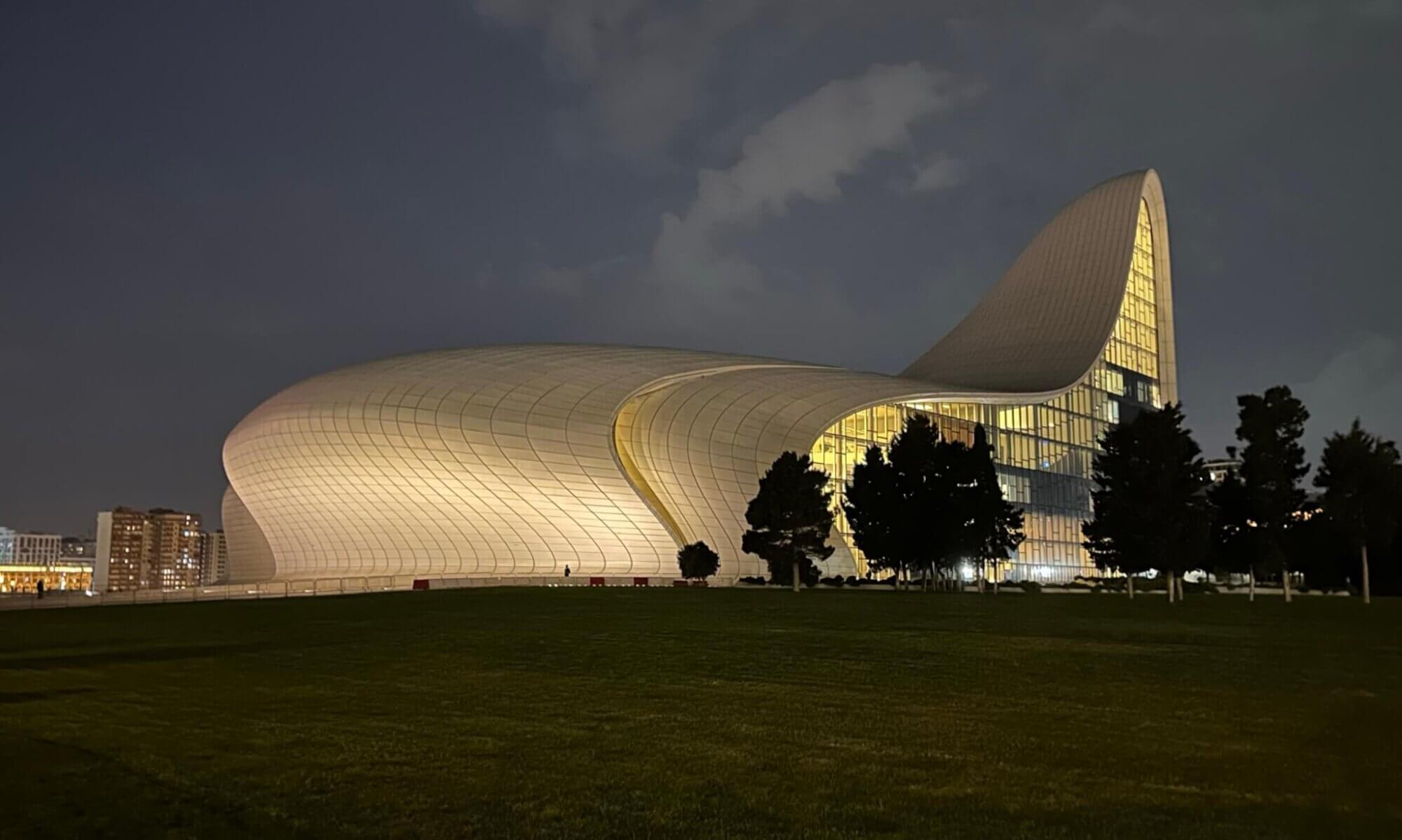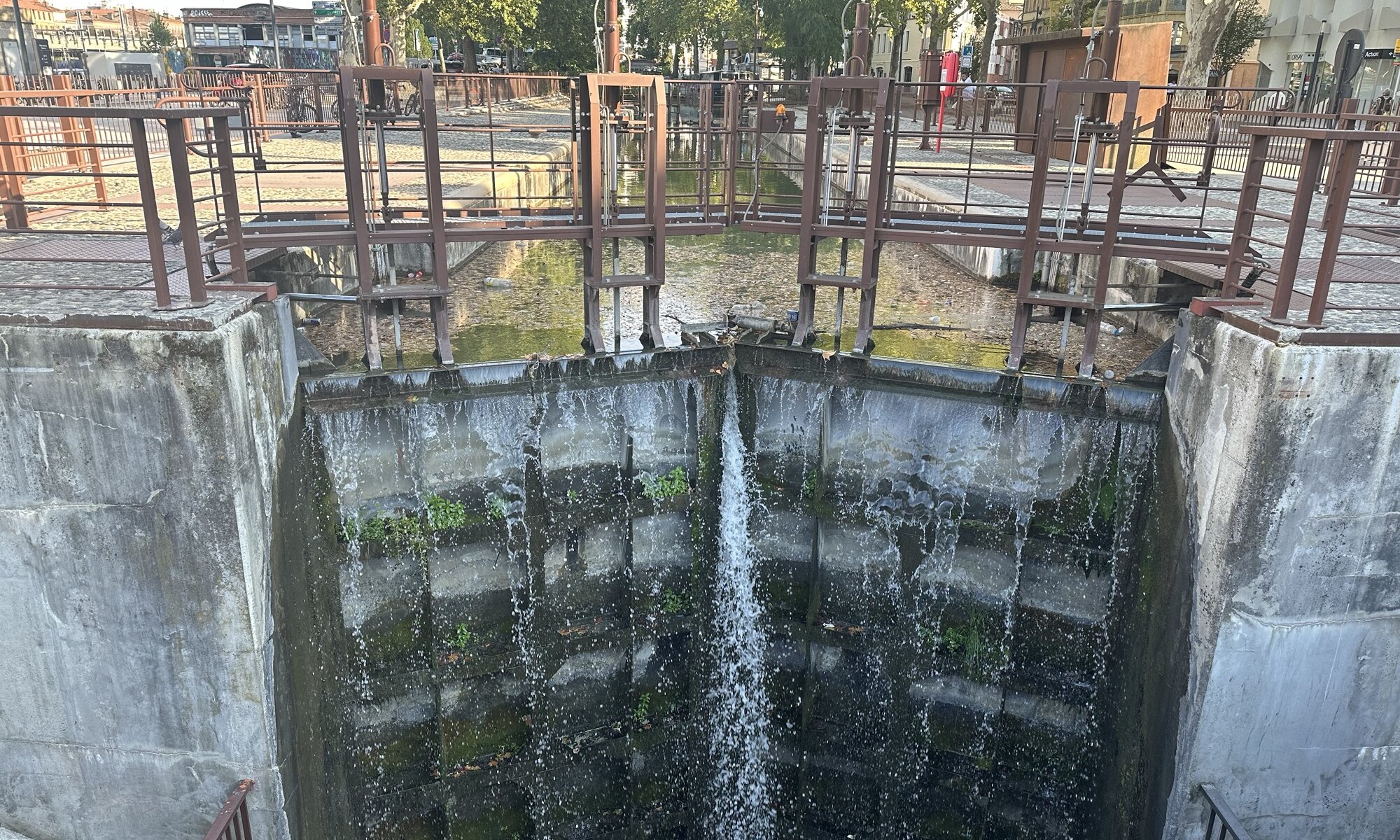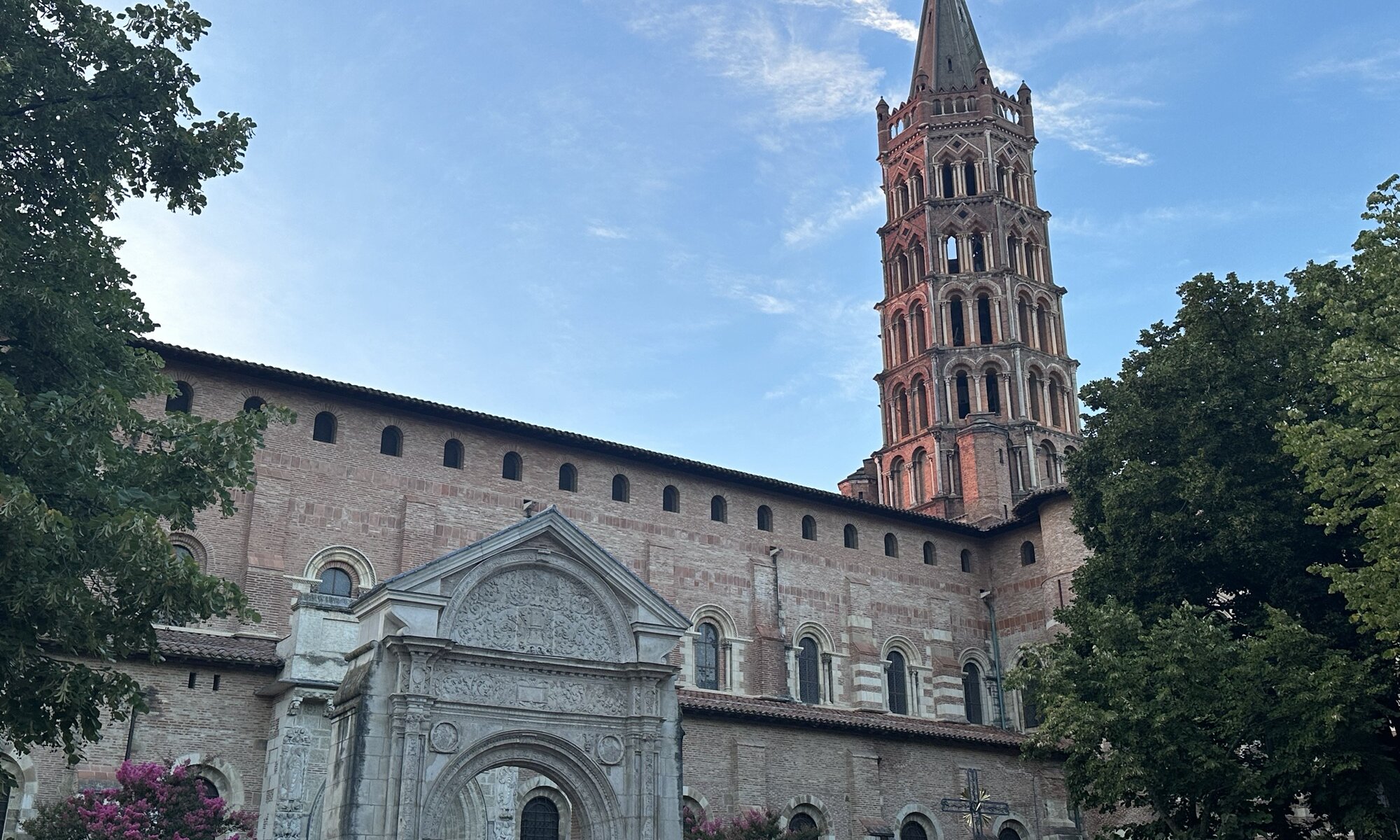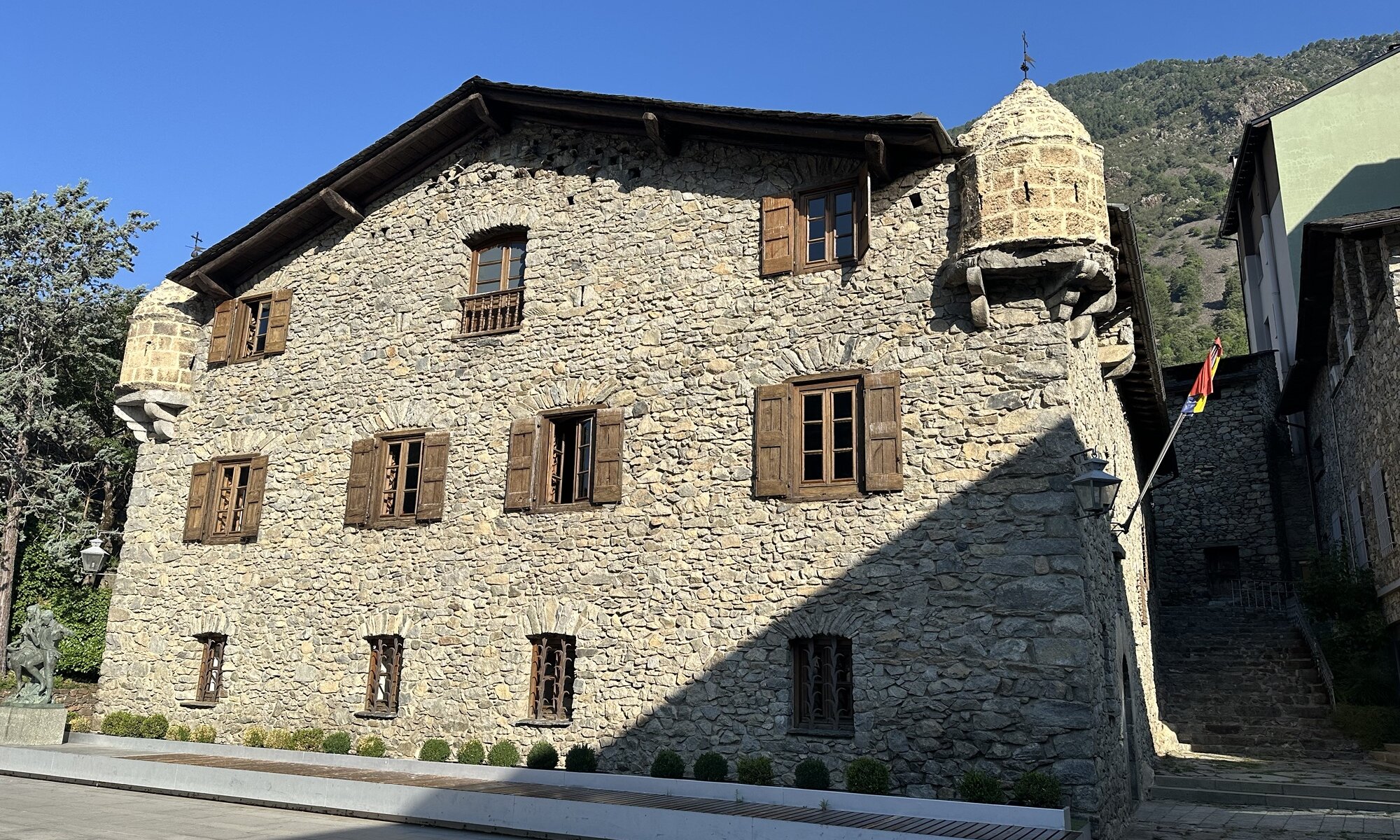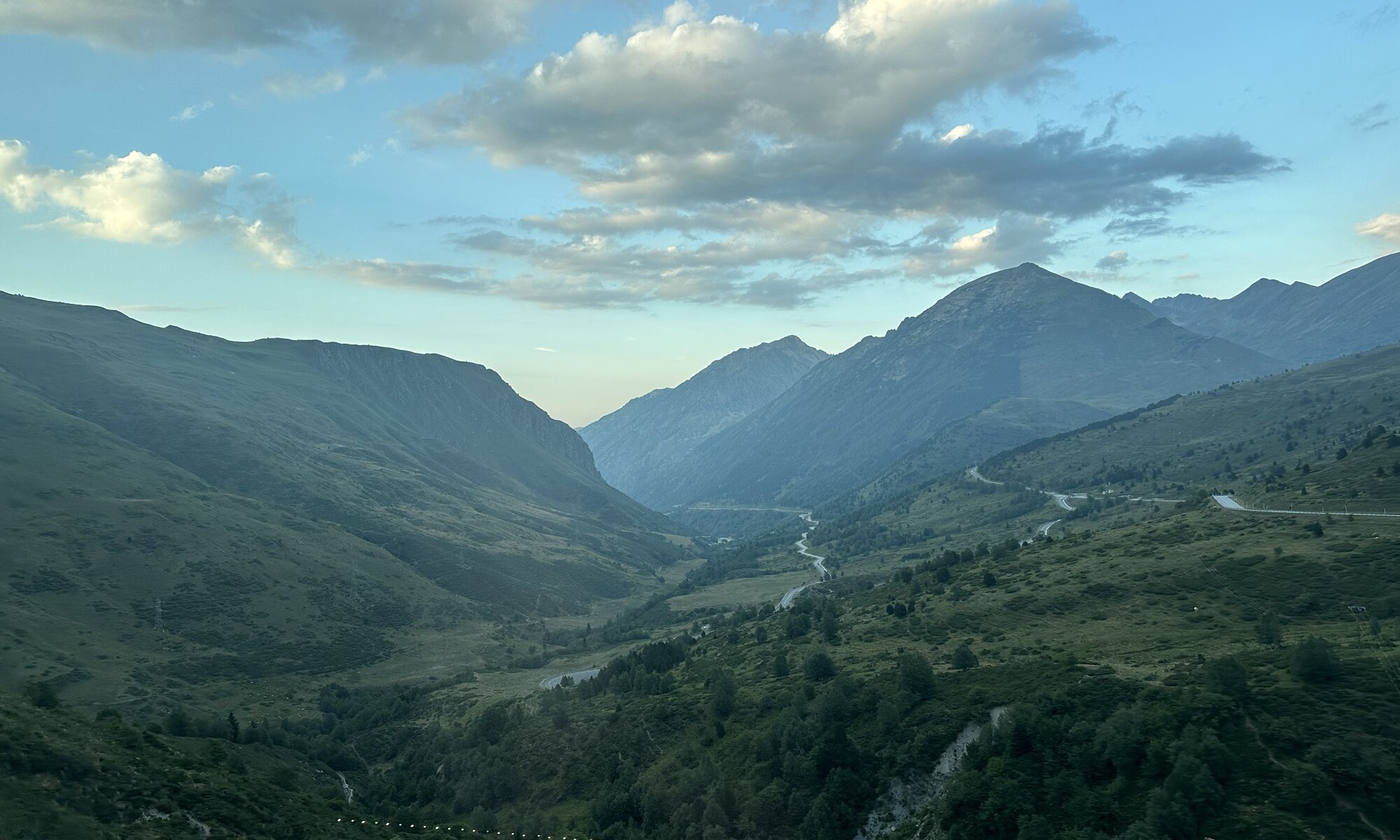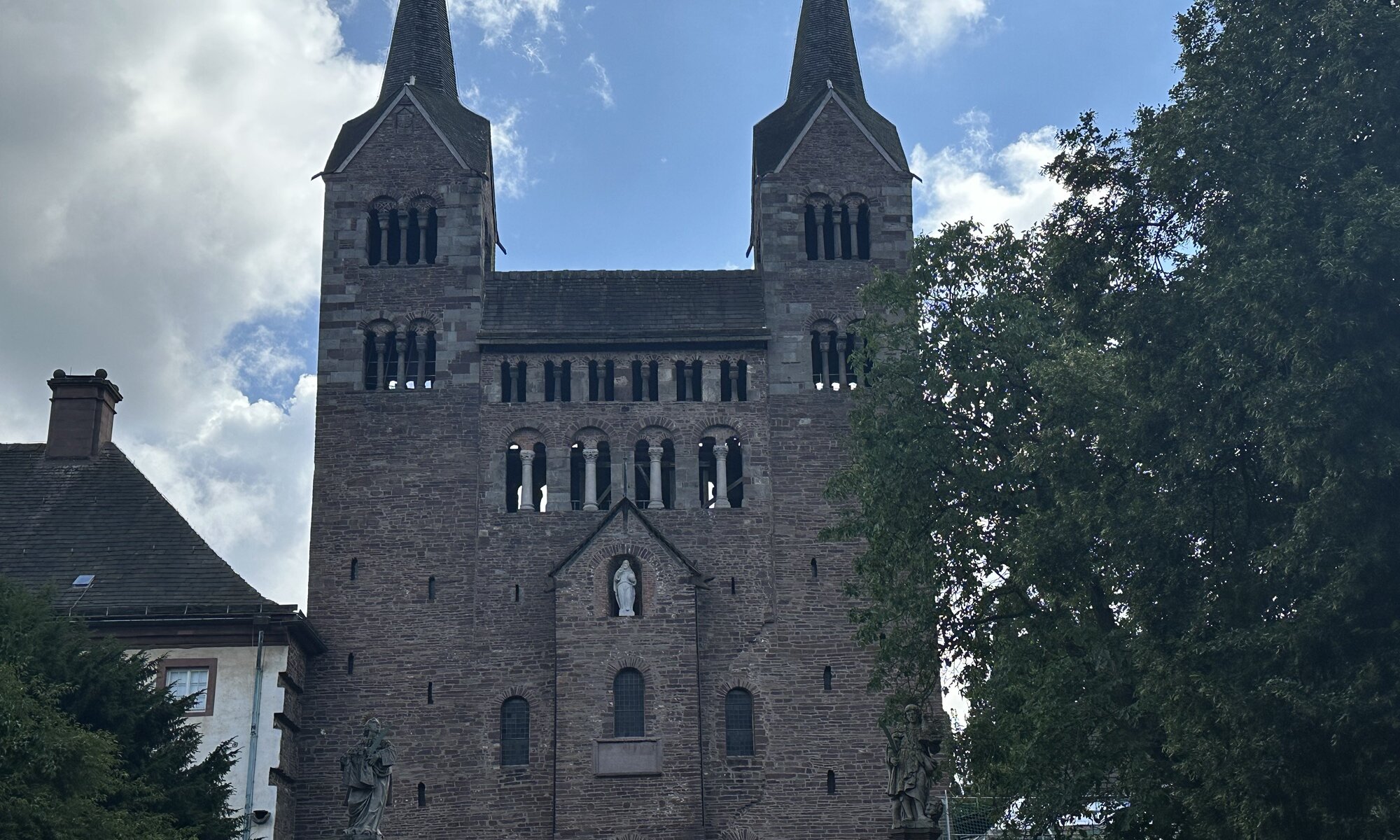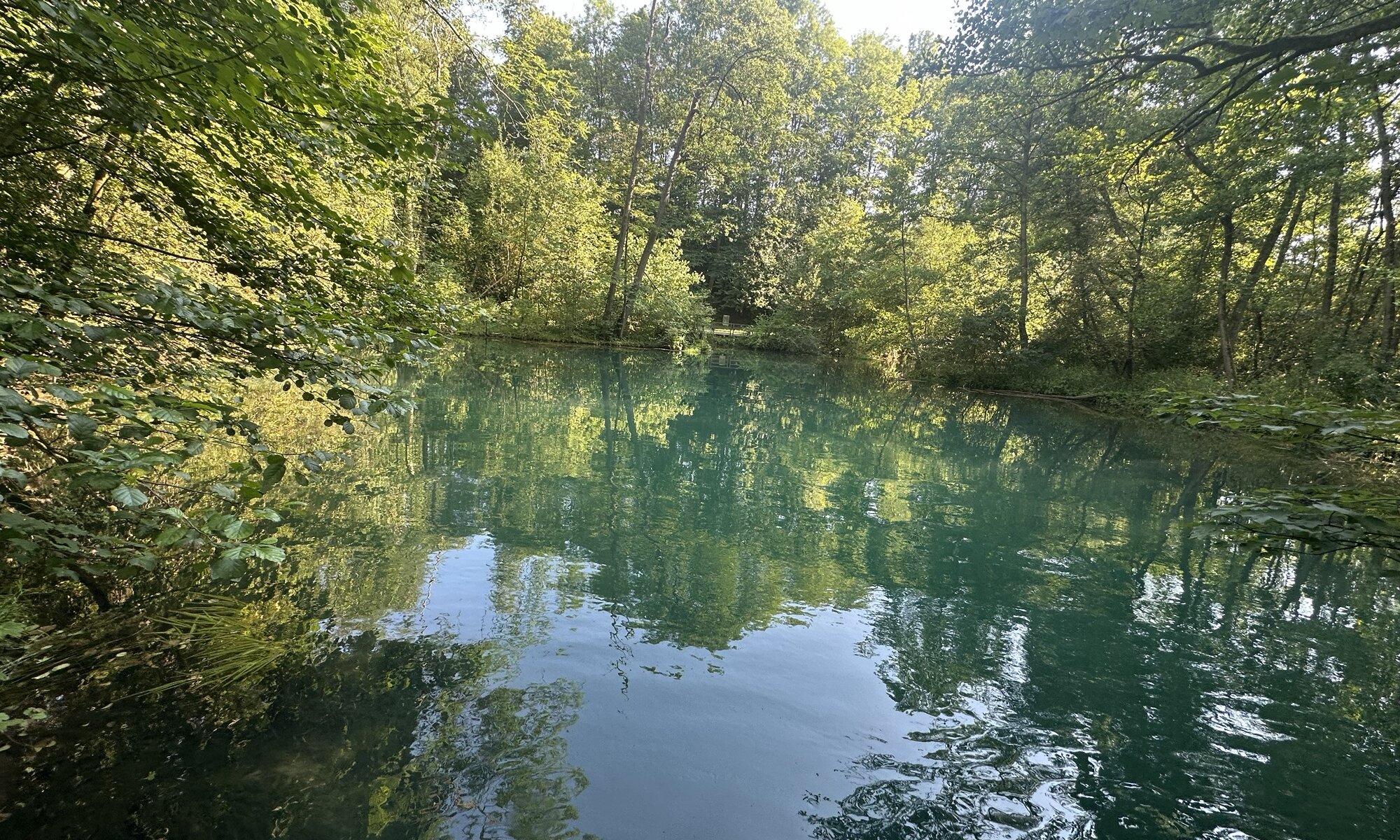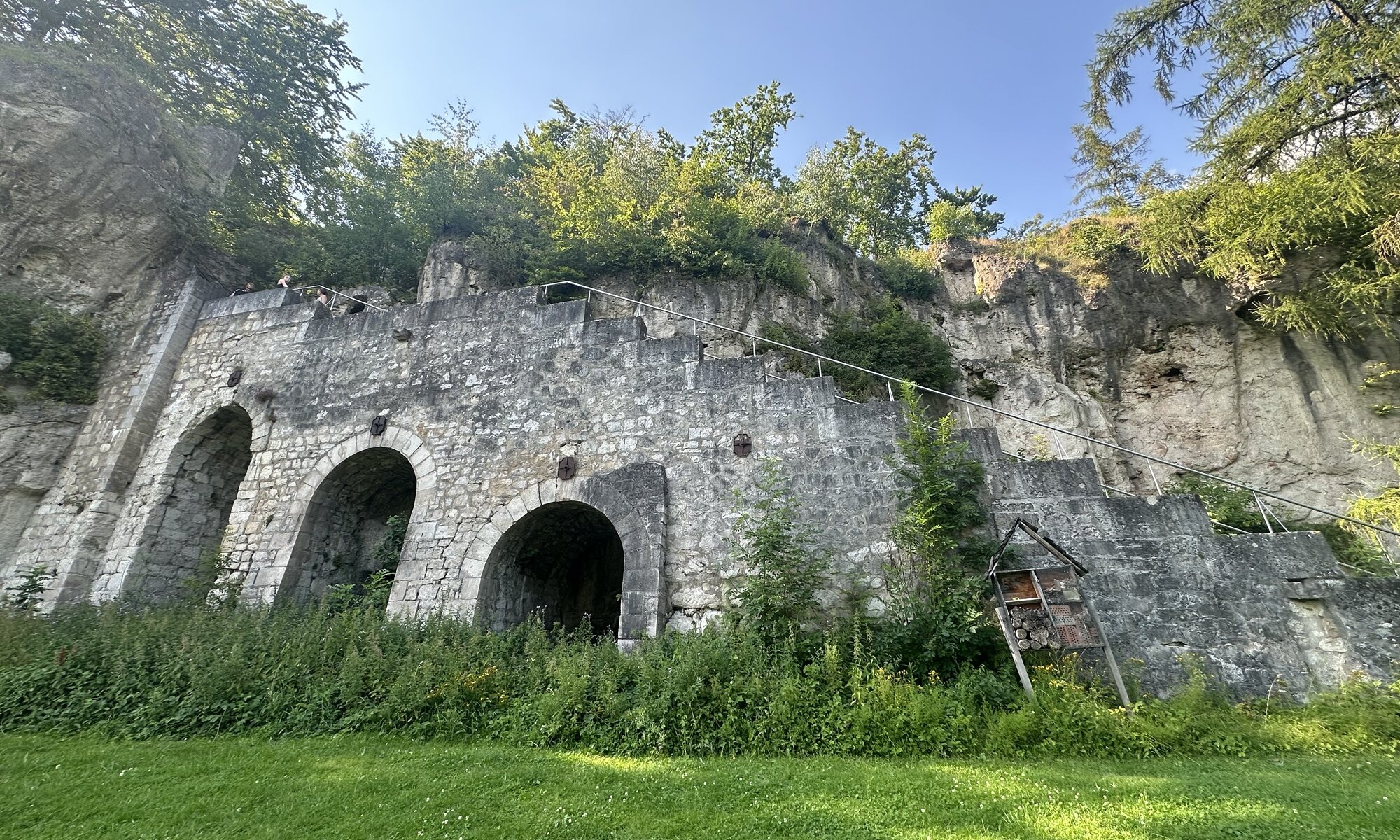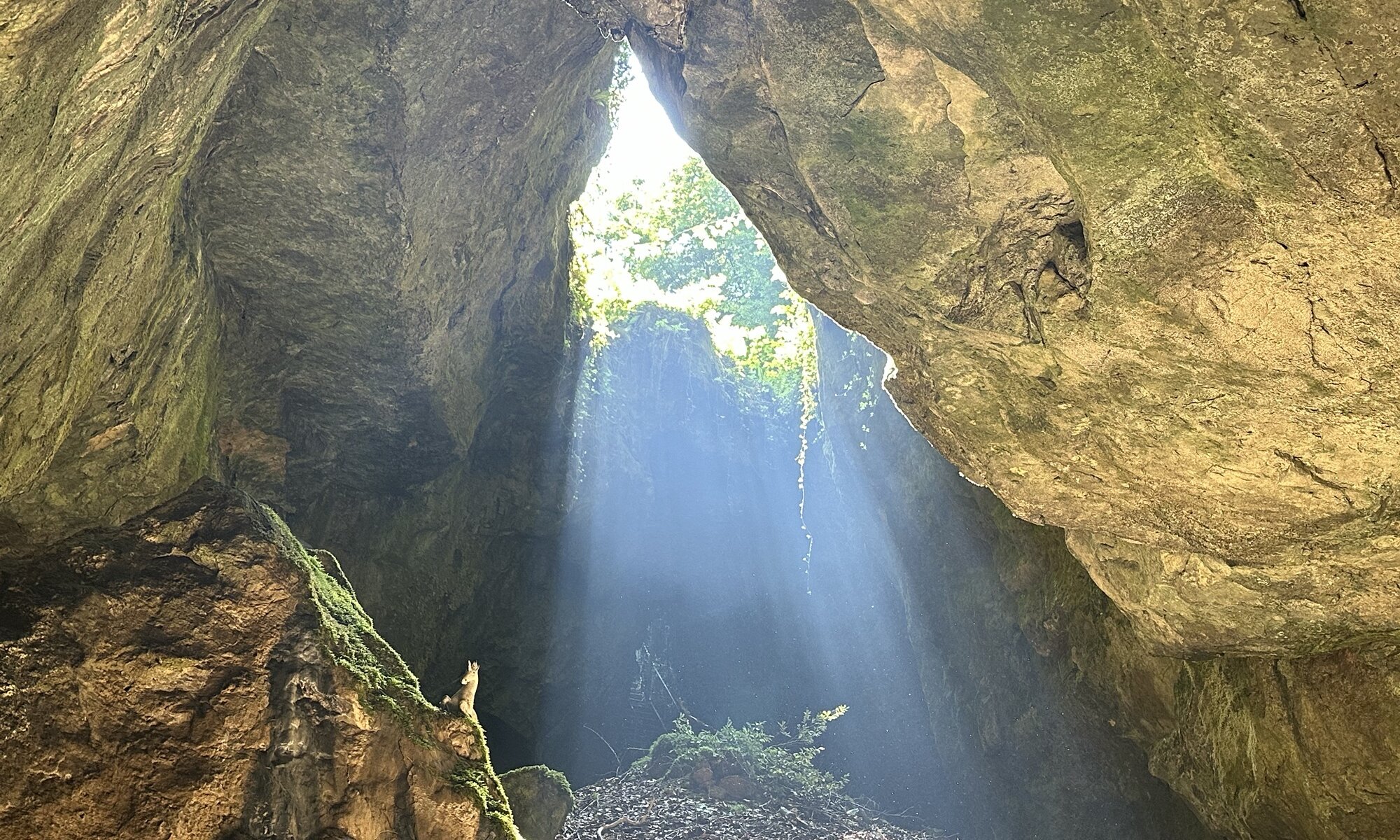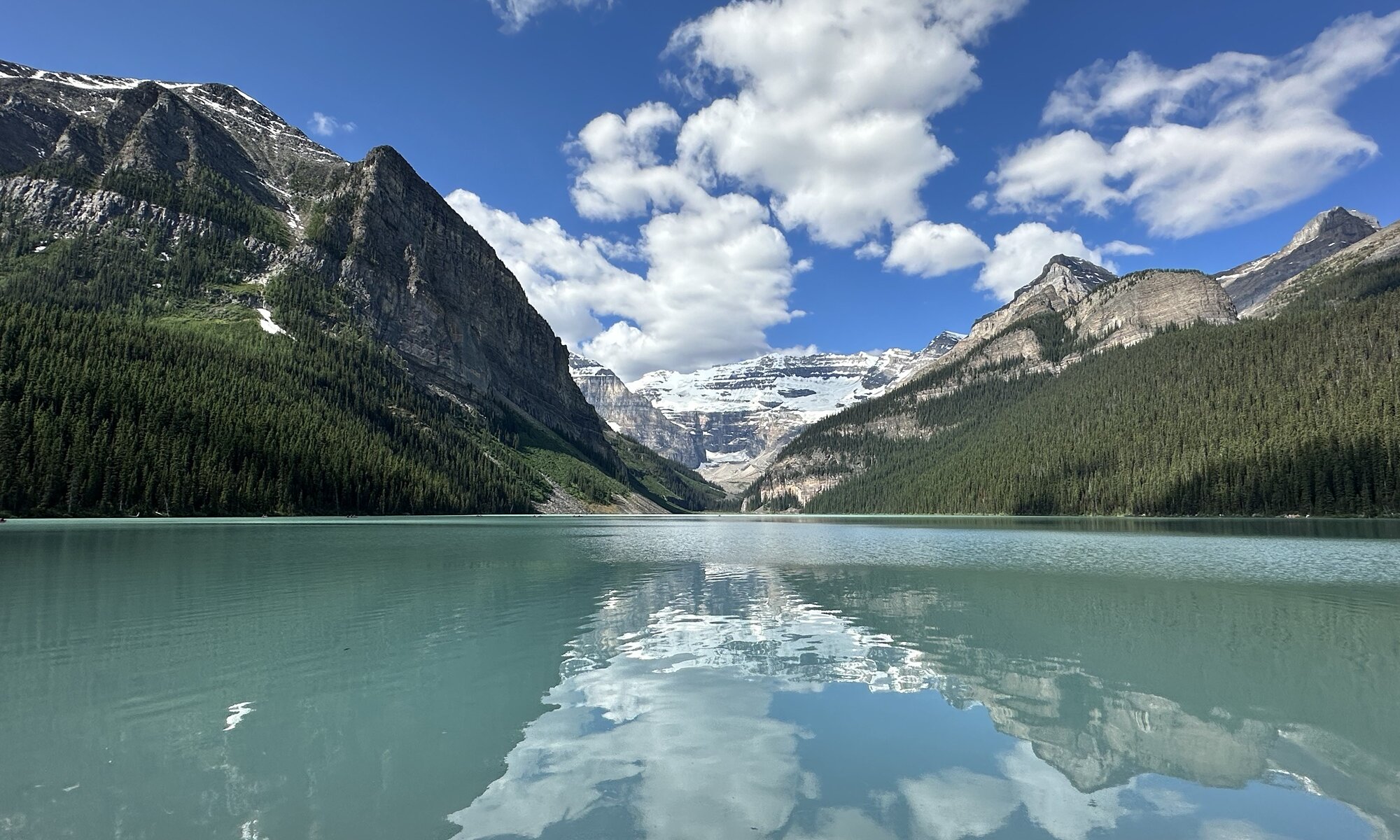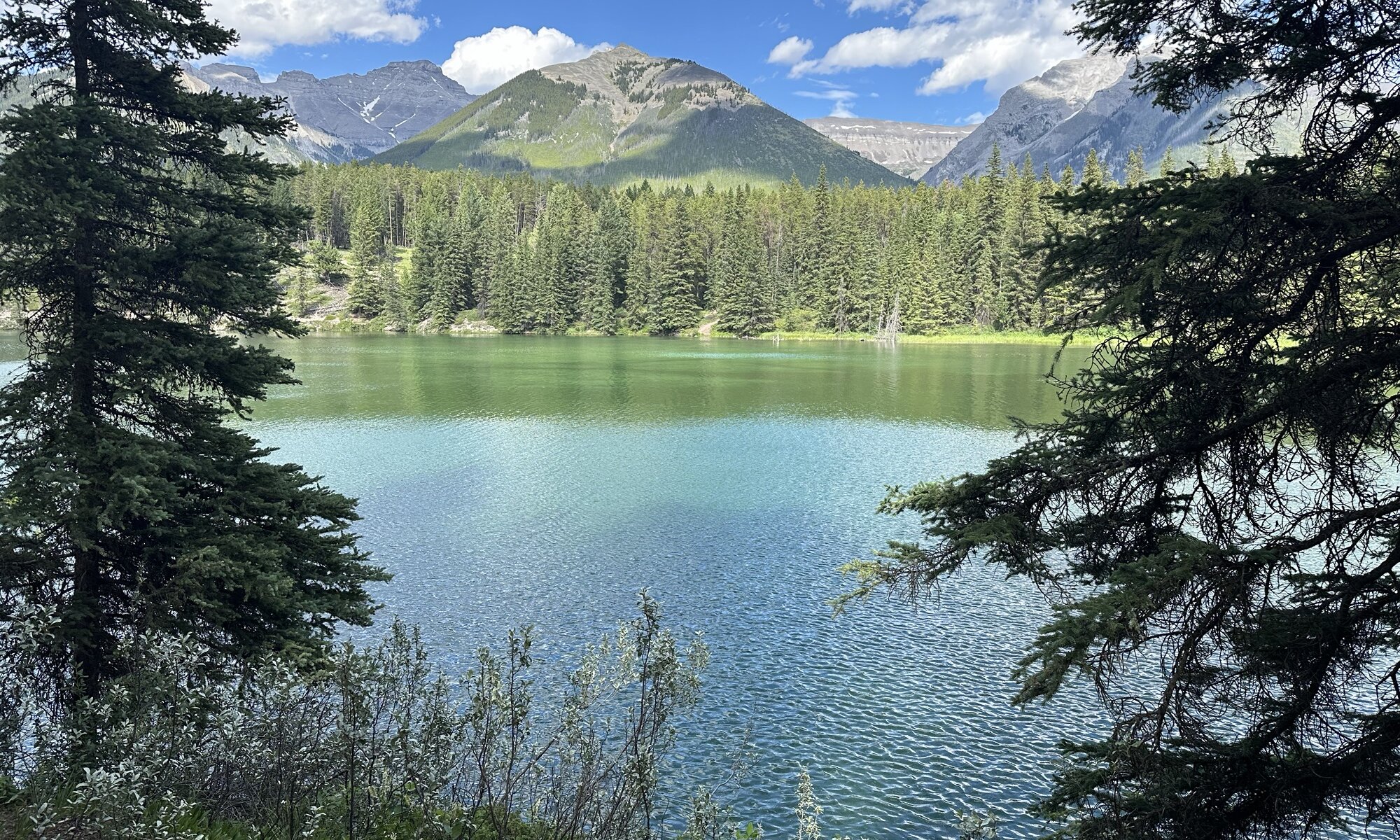When you’re travelling through the Languedoc you’ll probably see a lot of water channels and water gates. Especially at Toulouse you can’t overlook this as the city is the starting point for a fantastic masterpiece of engineering: the Canal du Midi. The 240 kilometers long channel connecting Toulouse with the Mediterranean Sea was finished in 1681 and was very important for the economic development of the region. Today, the channel is UNESCO world heritage and that for very good reasons.
Continue reading “Canal du Midi”Saint-Sernin
When I told people that I would travel to Toulouse they didn’t fully understand why. The city is not known for its nice city center and beautiful sights, but I enjoyed being there very much. I loved sitting at the river Garonne near the old Port de la Daurade, had fun while exploring the large Place du Capitole in the evening hours and visiting sights like the Basilique Saint-Sernin which is an icon of the city and has a wonderful tower with a special architecture.
Continue reading “Saint-Sernin”Casa de la Vall
It is said that the country of Andorra was created by Charlemagne in 788 CE, but officially it was established in the year 1278 and by then always reigned by two people: a Spanish bishop and a French count. In the year 1419 a first parliament was established, the Consell de la Terra (later named Consell General de les Valls). They met on public squares or even the cemetery to discuss important political matters related to the country.
Continue reading “Casa de la Vall”Pirineus
The Pyrenees (or Pyrénées, Pirineus) mountains are more than 430 kilometers long and form the perfect border between central Europe and Iberian peninsula, between France and Spain. They reach nearly from the Mediterranean Sea to the Atlantic Ocean and are much less known, much less discovered and much less populated than the Alps. Concerning its shape the Pyrenees are also very different as in contrast to the Alps as the various valleys are located in parallel to the main mountain range.
Continue reading “Pirineus”Corvey
When scrolling through the list of UNESCO World Heritage Sites in Germany you’ll discover the Cloister Corvey near the smalltown Höxter in Germanys North Rhine-Westphalia. In fact it is not the entire monastery that is inscribed on the list, it is only one part of its church (the Westwerk) and something invisible today: the city once surrounding it (the Civitas). What’s that all about? Corvey was a Carolingian monastery founded in 822 CE. Charlemagne wanted to drive Christianisation in Saxony after he conquered it.
Continue reading “Corvey”Rhumequelle
A lake with clear blue water within a forest – that is the main spring of river Rhume close to the village Rhumspringe. In many other cases people have framed the source of a river, but here it is untouched: there is just a swimming pontoon for better views and some tables for a picnic. It is said to be the third-largest spring in Germany and one of the most productive Karst springs (with up to 5,000 liter per second).
Continue reading “Rhumequelle”Scharzfels
A massive staircase in the forest close to Scharzfeld easily shows that something big was once standing here. It is leading onto a 20 meters high dolomite rock which was the location of the Burg Scharzfeld from the 10th century CE. There is not much left of the once massive fortification – just some remains of walls, arches and gates; but you can have an amazing view from up there. The staircase is in such good shape is king George V (the last king of Hannover) had it restored in 1856 and today it looks a bit alien in this landscape.
Continue reading “Scharzfels”Einhornhöhle
Are you in the mood to search for unicorns? Then the Einhornhöhle near Scharzfeld might be the perfect destination for you. Researchers have come here for a very long time as the 700 meters long cave is filled to large extent with sediment that contains the bones of extinct animals like mammoths, cave bears and cave lions. In 1672 the physicist Otto von Guericke reported that he had found a unicorn there which motivated the famous mathematician Gottfried Wilhelm Leibniz to get there and to construct a unicorn from bones. It were in facht mammoth bones, but his reconstruction is now the logo of the cave and the name ‘unicorn cave‘ attracts a lot of visitors.
Continue reading “Einhornhöhle”Lake Louise
For many people they are key reasons to travel to the Canadian Rocky Mountains: Lake Louise and Moraine Lake are two of the most iconic and breathtaking destinations in Banff National Park, drawing visitors from around the world with their turquoise waters, dramatic mountain backdrops, and pristine alpine settings. Lake Louise, known as the ‘Jewel of the Rockies‘, is famous for its stunning color, which comes from glacial silt, as well as for the luxurious Fairmont Château Lake Louise that sits along its shoreline.
Continue reading “Lake Louise”Johnson lake
Johnson Lake is part of the Banff National Park and a serene and scenic spot known for its calm waters, sandy shoreline, and breathtaking mountain views. Just a short drive from Banff townsite, this picturesque lake offers a more tranquil alternative to the busier nearby lakes, making it a perfect destination for swimming, paddleboarding, kayaking, and picnicking in the summer. Probably that is also the reason why you can spot many locals here on weekends doing BBQs and sports.
Continue reading “Johnson lake”